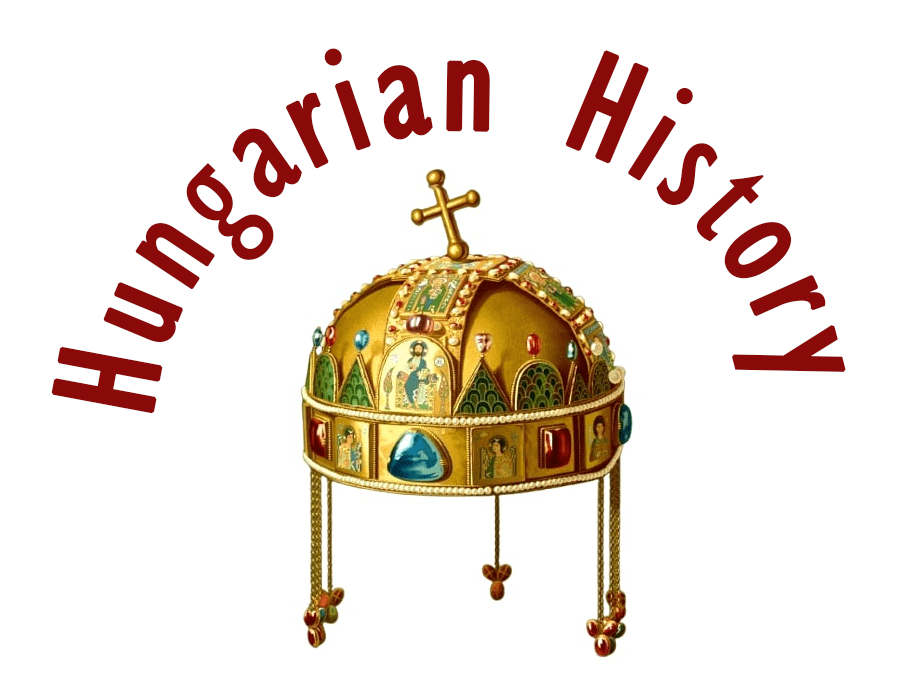Gyergyószárhegy

Gyergyószárhegy (Lazarea) is in Transylvania, it is located in Romania. The commune has an absolute Székely (Hungarian) majority. Its first written mention is from 1482, and it belonged administratively to the Székely (Szekler) seat of Gyergyószék. The Lázár Castle was built between 1450 and 1532 in several stages.
Location: https://tinyurl.com/36byv3am

Prince of Transylvania, Bethlen Gábor, was brought up in the castle, and his upstairs room in the gate tower can still be seen to this day. In 1631, the castle was expanded and altered into a magnificent Renaissance manor house; towers and curtain walls were also built.

It became one of the important military and administrative centers of the Székely Land. On September 6, 1658, a team of Székelys led by a scribe named Székely Gábor defeated the invading Tatars and Moldovans. Here is the background of the famous fight:
We know about the unfortunate Polish campaign of Prince Rákóczi György II of Transylvania, but his insistence on keeping his throne after the loss of the entire Transylvanian army has just made things worse. The Ottomans punished his disobedience with repeated attacks for years, which devastated the almost defenseless Principality.

Grand Vizier Köprülü Mehmed ordered Pasha Ali to assault the country with his army. Prince Rákóczi summoned the Székely border-guard warriors to his flag so the Székelyföld (the homeland of the Székelys) was left undefended. At this time, the estimated number of Székely soldiers was about 20,000 men.

It was Lord Lázár István who was the lord of Gyergyószárhegy, and he obeyed the Prince and took his men to him from the Gyergyószék area. While they were fighting against the Ottomans around the capital of the country, Gyulafehérvár (Alba Iulia), 3,000 Moldavian and Crimean Tatar soldiers broke into the Székelyföld (Székely Land) through the Tölgyesi Pass of the Carpathians.

They were burning and plundering the Gyergyó Basin, destroying the villages of Gyergyóditró and Gyergyóremete. Their next target was Gyergyószárhegy: the locals from the Gyergyó Basin were escaping towards this fortified place. You can read more about the Székely people here:
https://www.hungarianottomanwars.com/essays/who-were-the-szekelys/
There was a certain scribe called Gábor who took command over the thronged fugitives and organized the defense. There were just 300 people, many of them women, children, and elderly men. The battle that followed includes legendary elements that may not be true. Nevertheless, the Székelys defeated the enemy, which outnumbered them 10 to 1.

Allegedly, they sent out two beautiful Székely women on horseback to lure the Tatars into the marshland next to Szárhegy. They were called Puskás Klára and Mezei Erzsébet. In the meantime, the others put jars on sticks, posting them on the top of the hill.

The Tatars who got into the marshland thought of them as soldiers in helmets and got frightened, but behold, the legs of their horses got stuck in further jars that were hidden in the swamp. The Székelys (old men and women) attacked them, armed with grass-cutters and hoes, cutting the confused enemy to pieces. Even hot paprika was involved, according to the legend.

Photo: Szöllősi Gábor
www.varlexikon.hu
Yet, it is proven that 1,750 Crimean Tatars and Moldavians (Romanians) fell in the slaughter. The Székelys lost only 15 people. They buried 500 of the enemy in a mound now called Tatárdomb (Tatar-mound). The rest was eaten up by the ravens and wolves. Legend adds that Puskás Klára, having fought the battle, gave birth to a healthy boy who was given the name „Győző” (Victor) because of the victory. The Székelys erected a monument in 1908 to commemorate the battle. The dead were buried on a hill below the village, which is called until today Tatarhill.

The Székely Land was often hit by Ottoman invasions and on one occasion, the castle was seriously damaged. After 1707, Imperial General Acton set fire to the castle of Gyergyószárhegy, and only a bastion remained intact. Nowadays, much of the castle has been renovated. The renovation of Renaissance murals started in 1987 with the help of UNESCO.

Dark 20th-century stories about the “renovation” (by Tatár Árpád)
Every one of the towers was rebuilt with modifications in the communist era, in the 70s-’80s, because they were ruins. The other two buildings in the courtyard were too ruined. The building from the left side, originally, was a grain silo, and they’ve rebuilt it as the Hall of the Knights. The building on the right side was the House of the ladies. It was rebuilt in the ’90s, with lots of concrete. The entrance of the castle was rebuilt too, modified, just like the facade and its painting, in the majority, with invented floral paintings. In the courtyard and behind the House of the ladies, we have found ruins from the 1400s-1600s. The first ruins from after 1000 AD are from the 1300s. It was a wooden house with clay between the timbers. We have recovered 42 crosses, stamped in the burnt clay.
In ’99, a friend of ours was told to take out a Renaissance carved stone, built in in secondary position in the western wall of the House of the ladies. He broke it in two. In one of the rooms, in the ’90s, there was still a floral painting to be seen on the wall. They couldn’t renovate the building because of it. So, one of the guys, who made good and bad things there, took the hammer, and the painting disappeared. The western windows were made in a Baroque manner. The facade of the castle was built in the Renaissance, and it was painted. After it was rebuilt in the ’90s, they invented floral motifs, and they have painted the facade. Only fragments of the original picture were to be seen in some places before they repainted it. Under the entrance, on the right wall, there is a painted year date from the 1400s. In the courtyard, there are some ruins from the kitchen and the workshop of the smith, and also from a jail.
Dear Readers, I can only make this content available through small donations or by selling my books or T-shirts.
If you like my writings, please feel free to support me with a coffee here:
You can check out my books on Amazon or Draft2Digital; they are available in hardcover, paperback, or ebook:
https://www.amazon.com/dp/198020490X or at https://books2read.com/b/boYd81

My work can also be followed and supported on Patreon: Become a Patron!http://Become a Patron!































